
Hey hey friend!
Have you decorated for the holidays?
We decorated our tree and home the weekend after Thanksgiving. Despite how different this year is when it comes to celebrating, it was still my favorite day of the year, hands down. Like every other year, it was a day spent making special memories with my family, trimming the tree, decorating the house, and yes, anticipating the arrival of the Elf on the Shelf.

Do you have any special holiday traditions? I’d love to hear about how you celebrate. Reach out to me at vita@vitaliainc.com – let’s schedule a time to chat!
Window Treatment Terms Demystified
If fabric and window treatment terms are all Greek to you, allow us to be your translator!
For designers and workrooms, speaking the same language is the secret to success.
Designers and workrooms don’t always speak the same language. Not because they don’t want to – of course, they do. Sometimes, designers simply don’t have enough knowledge, understanding, or experience. Conversely, workrooms lack the understanding of what designers do and do not know. This may lead to frustrations, lost time, and downright mistakes.
It doesn’t have to be that way. Knowing and confidently using window treatment concepts can really help designers communicate better to their customers and ultimately sell the job, even get higher margins. This is not complicated! It can be distilled down to a hand-full of concepts and techniques, which, when used right, can make for a successful communication process and a winning design.
Today I’d like to discuss the window treatment concept of drapery fullness.
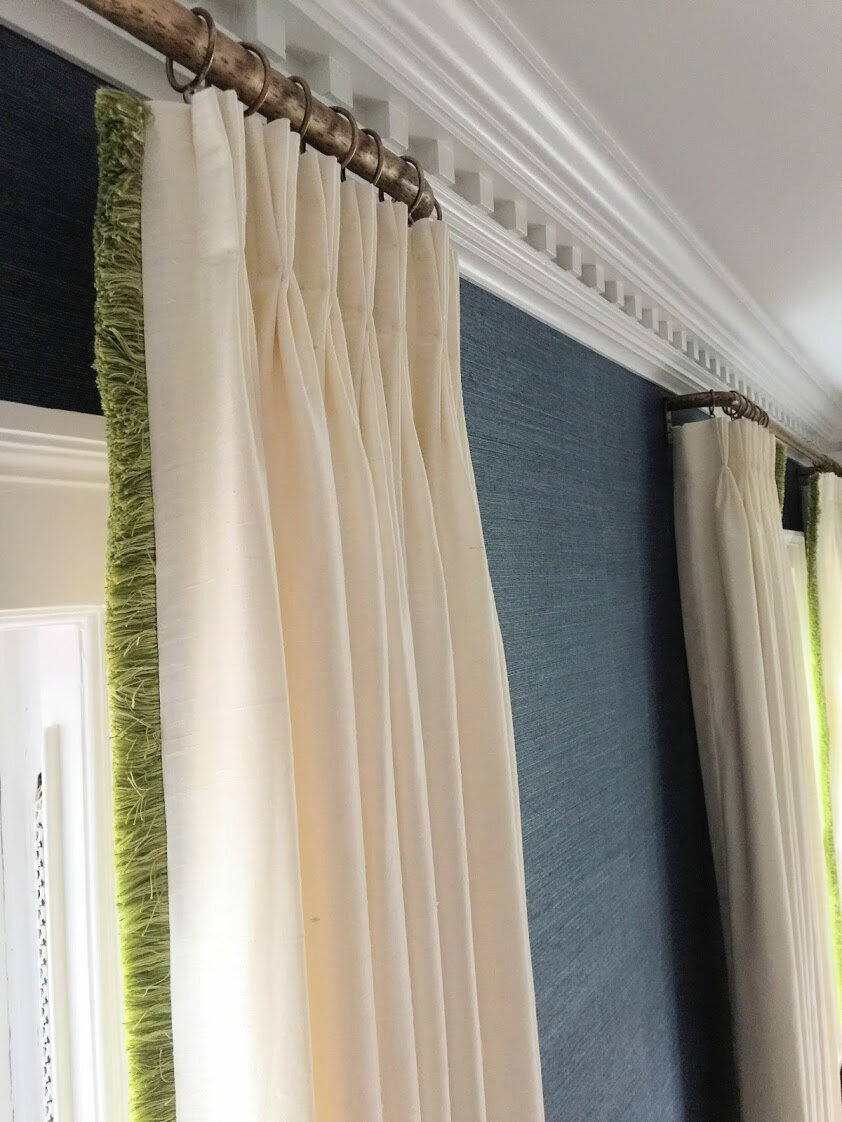
Drapery Fullness
What do we mean by drapery fullness?
If we have a 100″ window to cover, and we use only 100″ of fabric, it will not look very attractive hanging much like a flat shower curtain on the window! This is why we use more fabric than the expanse we are trying to cover.
Drapery ‘fullness’ refers to how much fabric we are putting into the folds, or pleats, of the drapery.
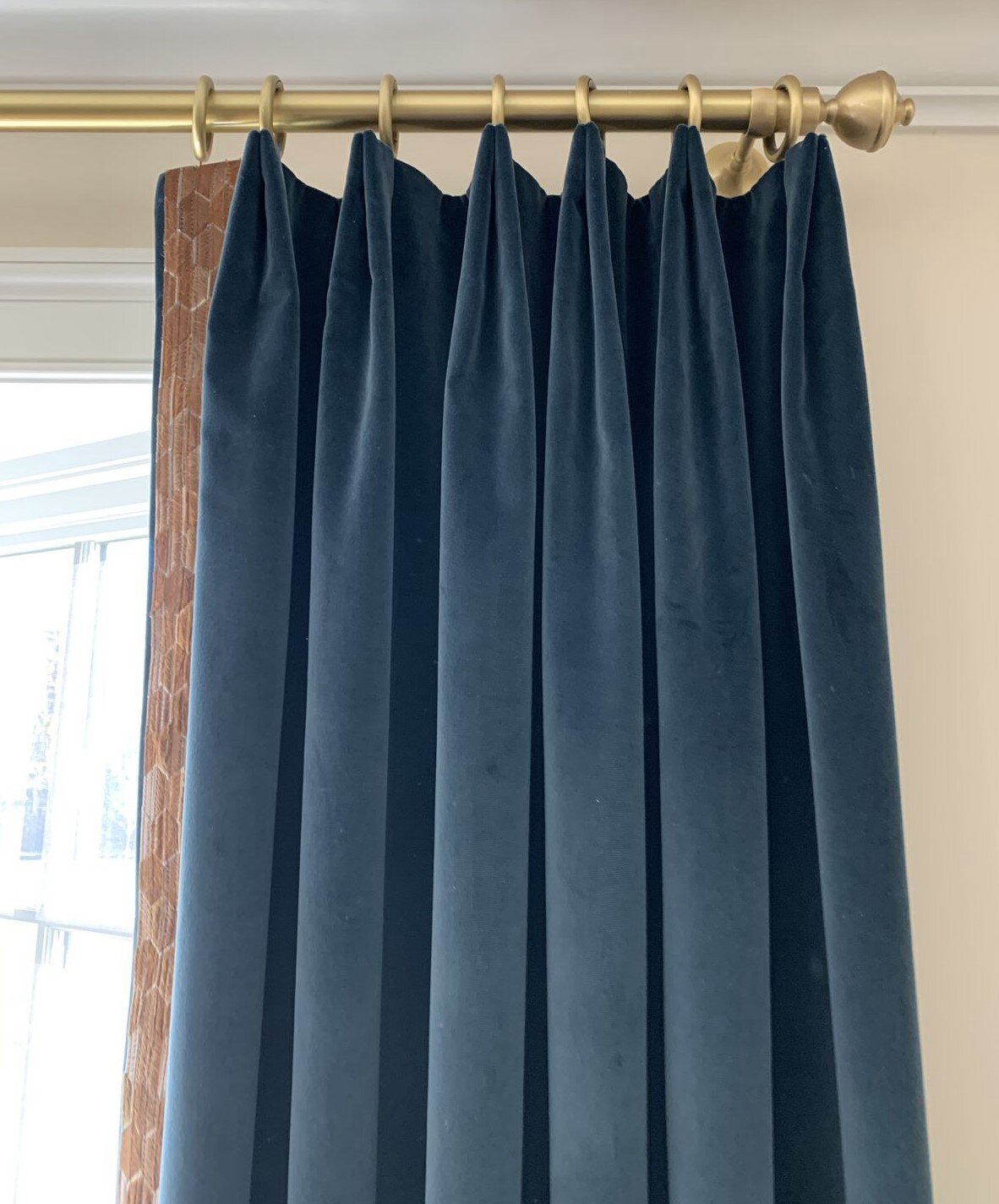
Using simple formulas, we calculate the amount of fabric needed to achieve the look desired.
At Vitalia Inc, our preferred standard is 2x fullness, which calls for a width of fabric that is twice the width of the window opening. So, if we have a window that measures 100” wide, we would use at least 200” of fabric to create the drapery panel.
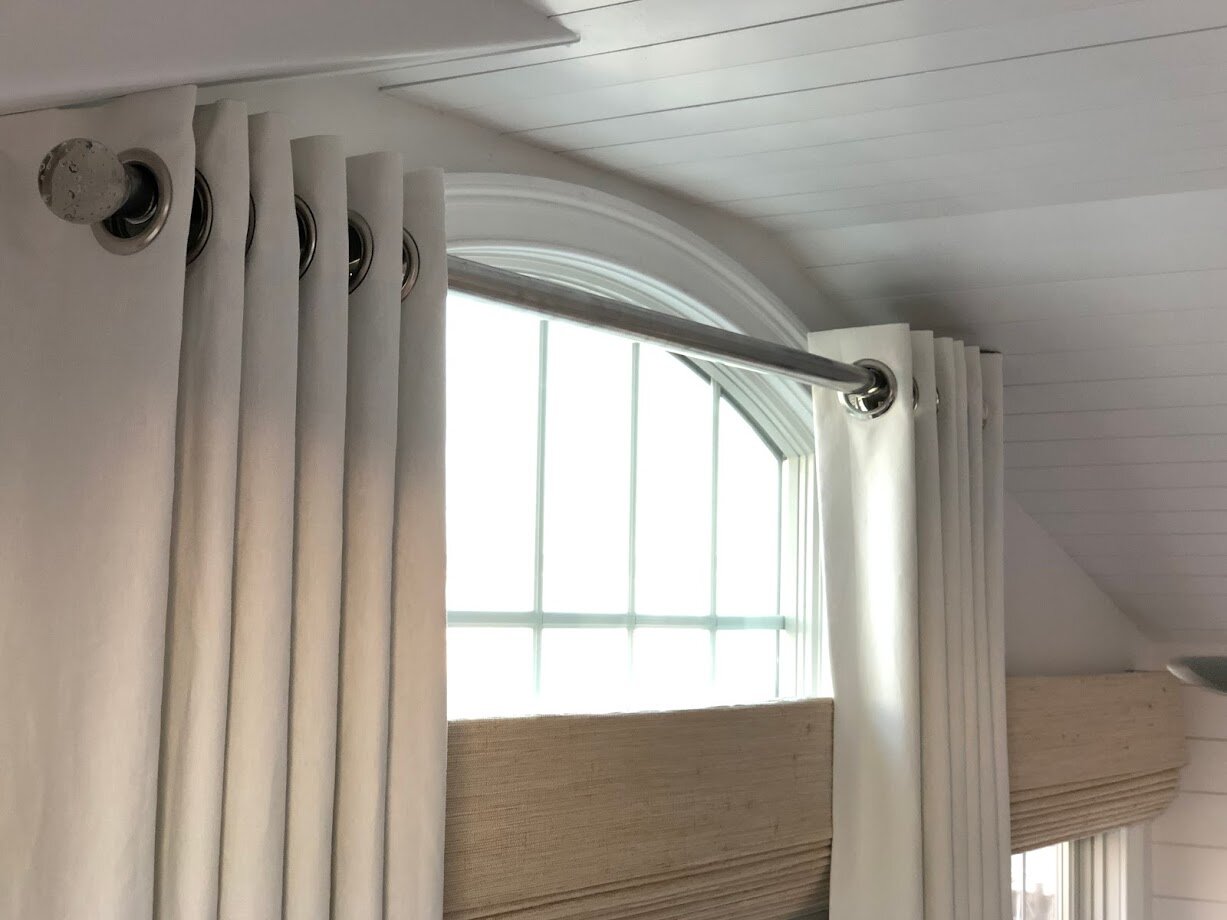
Fullness provides a drape with a richer look, and provides more light and sound absorption. Where the drapery is being used, the look you wish to achieve, and the budget can help determine how much fullness is appropriate for your project.
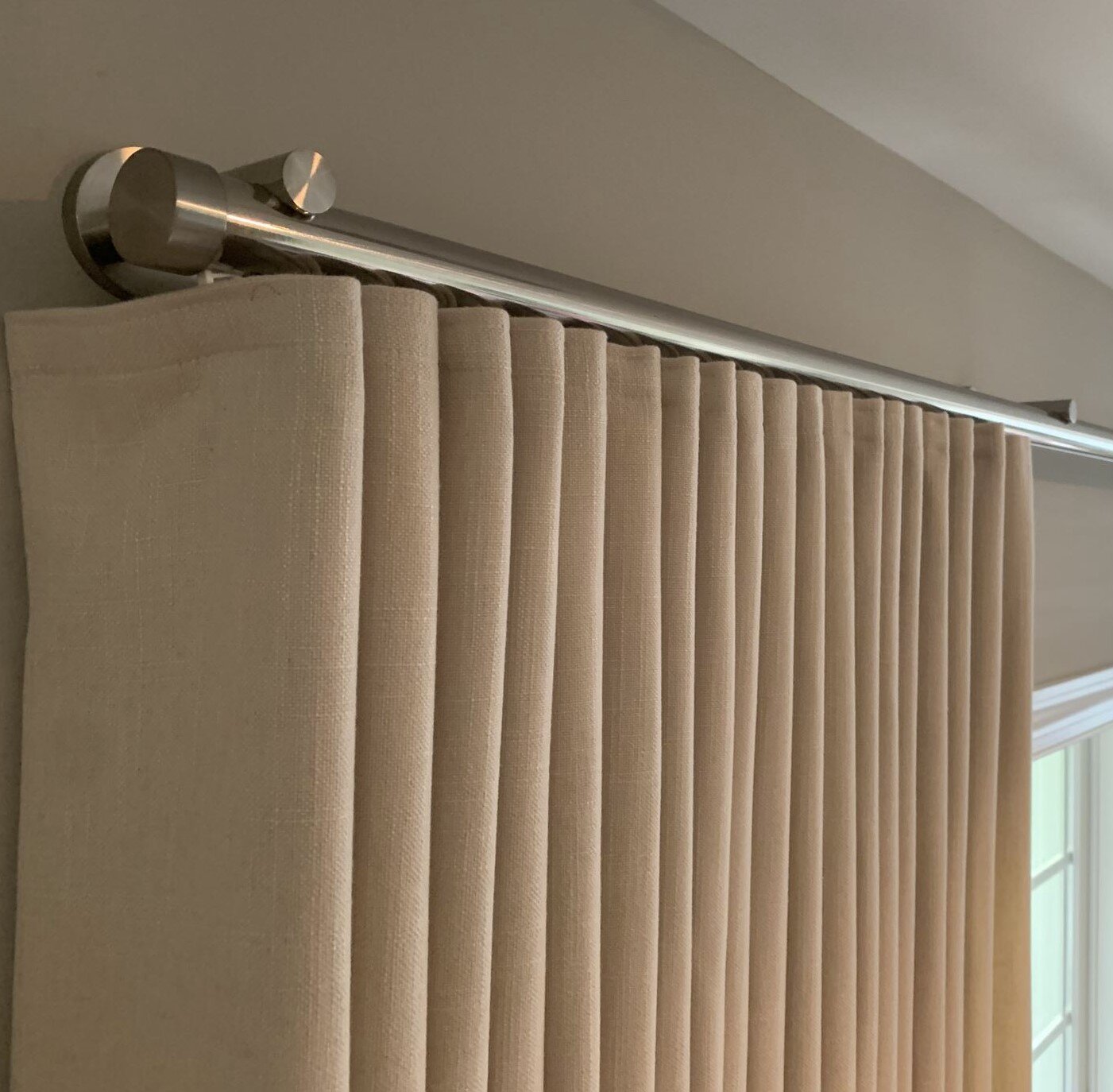
Do you have a preferred fullness for the draperies in your designs, or is this all new information for you? If you’d like to learn more about drapery fullness and other considerations when it comes to specifying custom drapery, click here to check out my presentation for the WCAA for designers and workrooms.
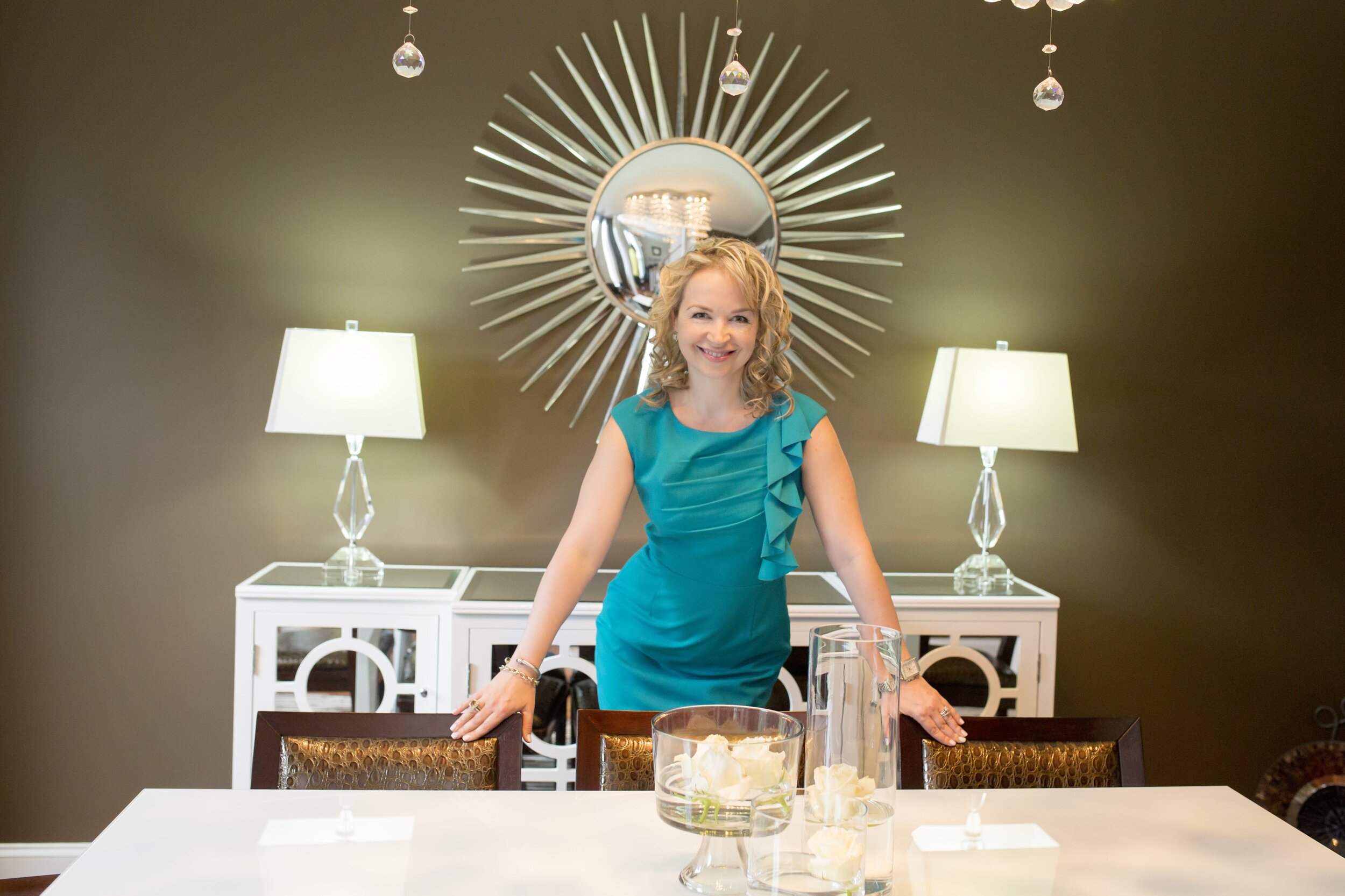
Above all, we strive to be of value to our designers and the design community. We would love to share our resources with you. We have many episodes of Window Treatments Friday Live, the Window Treatment Friday on A Well Designed Business podcast with LuAnn Nigara, and several presentations offering window treatment education for interior designers.
We ❤ our designers! How can we support you on your next project?